La versione italiana è qua: La Luce in natura, comparazioni con la luce in acquario

 English version
English version
During the MagnaModena held Sunday February 8, we had the good fortune to attend a presentation by Nicola Gandini, owner of the company Elos, talked about the function and characteristics of light in nature and in the aquarium. Building on measurable data, and not by the usual thought.
I then took the report and I have expanded it with my knowledge and I have made it more readable, so I thank Nicola for submitting original and I hope that in this way you will better understand the various interactions that are mentioned, for each question, please leave your comment below where I will be happy to respond.

Nicola Gandini on the left and Argobax on the right preparing the conference
To read all the contents click here or on the photos: The Light
The Light in nature, comparisons with the lighting in our aquariums

Light is one of the key parameters in the success achieved in marine aquarium, and the basis of the Berlin method.
Without proper light, it would be impossible to maintain a hard skeleton corals, including Acropora, Montipora, Pocillopora, Seriatopora, molluscs and demanding as the Tridacna.
Aquarium experts from around the world have now understood the complex relationship between a multifactorial set of parameters and the health and color of our corals with special reference to the SPS (small polyped scleractinians).
The introduction of the lamps HQI 10,000°K before and 20,000°K and then the recent availability of high fluorescent emission (T5) has undoubtedly accelerated the process by which it was started many years ago.
Obviously there are many questions that we all continue to ask and of course focusing on the Light: What is the best type of light? What should be the intensity? What the power of light bulbs?
We begin to consider what happens in nature, taking for example a Polynesian reef, and we see its main parameters about the lighting. To do this we consider the incident irradiation (PFFD) included in the spectrum between 400 and 700 nanometers, and we can see that the measured minimum in winter is equal to 1,600 μmoli/M2/s (340 Watts/m2) while the maximum in summer is 2,300 μmoli/M2/s (500 Watts/m2).
The variability may be linked to a rather broad range of factors, time of day, the position of the sun in relation to longitude and latitude, from particulates, from suspensions in the air, humidity, other gases into the atmosphere, the cloud and seasonality. And besides all this things underwater get complicated. It must noted that not all the light that reaches the surface of water then added the goal, part of the light is in fact reflected (according to the angle of incidence and to the index of refraction of water), the surface waves affecting the intensity of light in deep acting like a magnifying glass and then intensified, or decreased ( “glitter lines”, Falkowski 1990), then we have to consider the particles, the dissolved substances in suspension in water that can reflect or absorb the light, the greater the turbidity, the greater the absorption of light, the fitoplankton in suspension, and the same water molecules that act by going to absorb the light.
Spectral Distribution (PFFD) at various depths in clear oceanic waters takes the following values:
| 1 m | 5 m | 10 m | 15 m | 20 m | |
| PFFD (µmoli/M2/s) | 1640 | 958 | 618 | 436 | 316 |
At this point we add complexity to the system going to consider the fact that the light is not all the same, but can take very different characteristics.
The water essentially acts as a filter that changes the spectrum: the red and yellow are the first to disappear while the blue are those that penetrate more deeply.
A question arises, In aquarium then, what can we expect?
Most of the corals in our aquariums live in nature, at depths ranging from a few meters and 15-20 meters. In our aquariums they live at depths of between 5 and 50 cm.
It’s obvious that in these depths the amount of light absorbed by water is very low, amounting to 33% at 700nm to fall to 4% at 400nm.
Level of attenuation of light at 60 cm from the surface of the water.
The first important conclusion we can draw is that if, in nature, the light intensity on the surface was in a range between 350 and 500 Watt / m², and in aquarium that level can be reduced exponentially, this because when you wanted to make a comparison between nature and our aquariums come into play other factors which you should consider:
- The amount of light absorbed and the spectrum in aquariums are often influenced by pigmentation of water due to decomposition of organic substances, and from this follow the importance of using a good activated carbon.
- The particulates in nature is much greater, usually, than in aquarium.
- Over the oceans the irradiation light is NOT constant as it happens often in our aquariums (eg because the angle of incidence during the day and season).
Another important property is related to the color of corals. Can the color observed on our corals depend on the light used? In literature (Ken S. Feldman, Sanjay Joshi, Lauren F. Vernes, Elizabeth A. Huber, M. Maers Kelly, Matthew R. Test) has been brought forward a variety of experiments to understand the influence of light on color. But it is important to identify what are the variables involved and the results are not based on “anecdotes” but on certain data that are certain, as this can have a complex relationship multifactorial and not be confused with a rather “trivial” management methodology, as often happens.
The first step in this direction is to understand that the color “seen” by a coral depends on a multitude of variables that affect many areas of science ranging from molecular genetics of corals, the physical-chemical associated to absorption of light by the pigments, the physical-optics related to visual perception, chemistry and relationship with zooxanthellae symbionts;
In a nutshell our corals produce a multitude of colored molecules in response to a variety of stimuli.
Speaking of Light can be argued that the color “perceived” from a coral by an observer is a combination of incident light, reflected light and re-emitted light (fluorescence).
The reflected light is not “productively interact” with any molecule of coral. The surface acts as a mirror which selectively reflects the incident light that plays a key role in the color of light reflected.
The re-emitted light (fluorescence) on the contrary implies a molecular interaction between photons and receptors coral. Receptors that “absorb” the light at a certain range to reflect it into a different spectrum (fluorescent), switching his wavelength toward the red: it absorbs blue and it emits green. And that’s why some aquariums appear with very pronounced colors.
At this point there is a need for spectral comparison between the different types of lighting in the aquarium and between these and the spectrum of sunlight.

Led Light and Sunlight (measurements with professional spectrum photometer)

Led Light and HQI (measurements with professional spectrum photometer)

Led light and fluorescent light (measurements with professional spectrum photometer)

Led light and fluorescent light (measurements with professional spectrum photometer)

LED light and fluorescent actinic light (measurements with professional spectrum photometer)
It ‘clear from the comparison between the various types of lighting that the spectra provided by the LED lamps and HQI are those that are closest to the spectrum of sunlight, while fluorescent lamps suffer from a typical configuration a tri-phosphorus or a penta-phosphorus, showing a peak in the spectrum in correspondence of the points raised.
If the points are designed to bring out the colors, for example, using changes towards its primary colors RGB, his color in relation to Red, the Blue and Green, however, are rised at the expense of tonal accuracy.

Another interesting difference between the various types of light is the presence of flickering, which is of course only present in fluorescent lamps as opposed to those HQI and Led
 |
 |
|
fluorescent lamp |
Led lamp |
The effect is that if we used a fluorescent lamp our corals and our fish would be subject to a light that varies in intensity in the time domain, in a very fast way, and therefore not perceptible to our eyes, but we do not know if fish and corals can interpret it differently and what could be the effects in the medium to long term. Most likely this will have no effect, but it certainly is not a secondary aspect to consider when it comes to artificial light.
At this point, after seeing the countless variables that characterize the path of light in nature, it is questionable whether our aquariums may have to much lighting, although this may seem a contradiction at first sight.
We start by talk that often make one feel aquarium:
- The SPS need intense light
- LPS Corals require less light of SPS corals
- The soft corals require less light of hard corals
Under the assumption that it may be proper to consider that intense lighting is an essential prerequisite for success in livestock of symbionts corals (Acropora, Stylophora, Pocillopora, Montipora, etc.). It is equally wrong to argue that an aquarium can not have “to much lighting“.
How can it be possible this fact? Indeed it is possible that our corals have a too strong lighting contrary to what we has always thought about our aquarium?
The views on the amount of light in the aquarium are manifold and the producers are happy to offer sources of illumination even more powerful, it began with the HQI from 70W to 150W and those gradually up to 250 lamps, 400 and then finally, in 1000 watt.
On the other hand, the aquarium keepers, especially fans of small polyp hard corals (SPS) are convinced that their corals are “hungry” for light.
Experiments have been documented facts that prove that this is not entirely true, but it is only in part.
We must therefore start from the reasons that allow us to say how much light is sufficient and necessary for our corals. We start therefore by speaking about the Saturation Point.

Through the use of a gauge of photosynthetic activity we can ask to the corals what their saturation point is, this measure is done with a fluorometro amplitude modulated (PAM).
It is a tool that can “understand” the needs of light by photosynthetic organisms, including zooxanthellae in coral tissue.
The PAM in combination with a PAR meter allows you to estimate the number of photons used for photosynthesis, and those in excess.
In this way we can determine the intensity of light ideal for photosynthesis and the “saturation point“.
Later you can determine when there is too much lighting and therefore a situation of “potential danger” to the reef known as ” PHOTO INHIBITION POINT“.
On a graph showing the variables are in play determines the level of saturation / fotoinibizione that occurs when the photosynthesis curve becomes flat.

In this hypothetical situation, the saturation begins at an intensity of 400 μmol m² sec (or about 20,000 lux).
To better understand these concepts, we see some examples applied to animals that we all know quite well:
Pavona varians
 |
 |
Saturation point: 110 μmol m² s (approximately 5500 Lux)
Photo inhibition point: ~ 350 μmol m² s (about 17,500 lux).
Porites lutea
 |
 |
Saturation point: ~ 400 μmol m² s (about 20,000 Lux)
Photo inhibition point: ~ 750 μmol m² s (about 37,500 lux).
Pocillopora rosa
 |
 |
Saturation point: 275 μmol m² s (about 13,750 lux)
Photo inhibition point: 425 μmol m² s (about 21,250 lux).
Montipora capitata
 |
 |
Saturation point: ~ 135 μmol m² s (approximately 6750 lux)
Photo inhibition point: ~ 250 μmol m² s (about 12,500 lux).
Sinularia Densa
 |
 |
Saturation point: ~ 207 μmol m² s (about 10,350 lux)
Photo inhibition point: ~ 400 μmol m² s (about 20,000 lux).
Tridacna maxima
 |
 |
Saturation point: 600 μmol m² s (about 30,000 lux)
Photo inhibition point: no photo inhibition point to 1900 μmol m² s (about 95,000 lux) ..
The point of relatively low saturation of these corals show that is not true that corals are “insatiable sponges” towards the light.
In fact in nature there are numerous causes that act as a “shield” towards the light of the sun, as we saw in the introduction (clouds, storms, reflections and refractions, surface movement, inclination of the sun’s rays, particles suspended, sediment, freshwater pigmented and full of debris, bubbles due to the movement of water in surface and color).
Corals can also use the mechanisms of “protection” to regain their polyps and causing a sort of “self shade”, is then fit as to a lack of light as to its excessive.
It seems obvious that relatively low levels of light are better than too high for most of the animals examined. It ‘also confident that levels of 200-300 μmol photons m² s (~ 10,000 – 15,000 lux) is sufficient to activate the processes of photo inhibition in most of the corals, with the consequences set out.
 |
 |
In practical terms we can say that the photosynthetic corals that require a very intense light such as that generated by lighting systems with 250-400 watt light bulbs are an exception rather than the rule.
In the presence of a very intense light on the contrary it could reach a photo inhibition that in the short term can be tolerated but in the long term could lead to the growth slowdown if not also to the decay of the corals.
It’s also obvious that everything must be parameters to the average life of our lamps, the depth of our tank and the color temperature of our lights that mainly influence the lighting power output.
The following table shows the saturation levels in various species that we usually take in our aquariums.
Click on chart to see full screen
To close this article we have to remember a lesson from Nature, looking at the following photo

Some species of Acropora perfectly acclimated to 76 meters deep.
In this case a picture is worth a thousand words: The majority of hard corals can adapt to situations of extreme light, which does not mean that ALL corals can live with a little light: obviously common sense is always necessary but most of all some of wisdom.
You can learn more by the following recommended readings, from which this report is based:
“Coral Coloration and Incident Light: A Photographic Essay” – Departments of Chemistry, Ind. and Manufacturing Eng., The Pennsylvania State University, Ken S. Feldman, Lauren F. Vernese, Elizabeth A. Huber, Kelly M. Maers, Matthew R. Test (Marzo 2008)
“Glitter Lines: More Than Aesthetic?“, By Dana Riddle (Maggio 2006)
“How Much Light?! Analysis of Selected Shallow Water Invertebrates” Light Requirements, By Dana Riddle (Marzo 2007).
“Underwater Light Field and its Comparison to Metal Halide Lighting” By Sanjay Joshi (Agosto 2005)












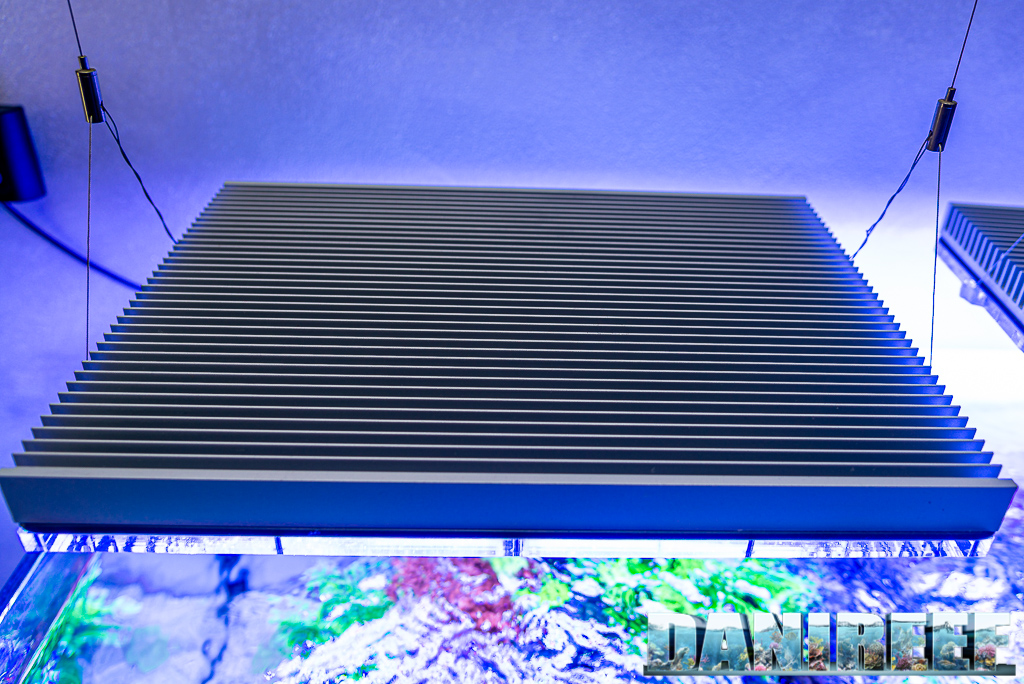
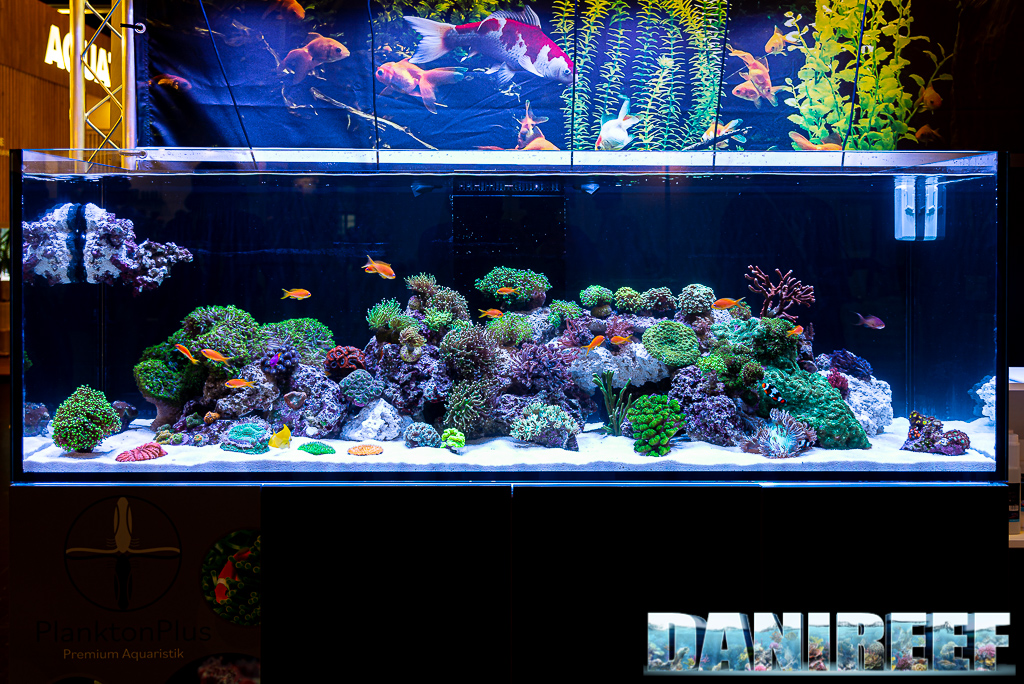
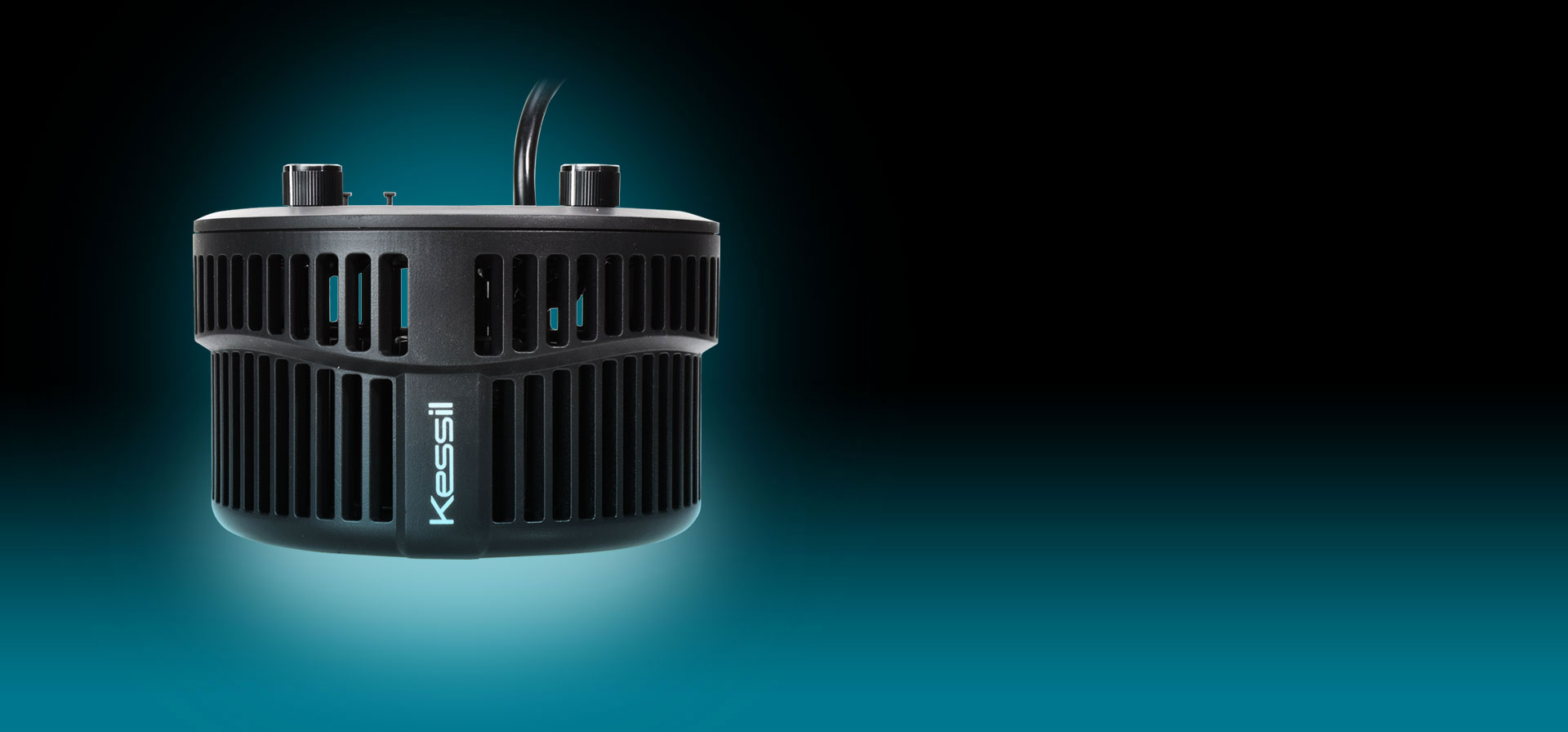
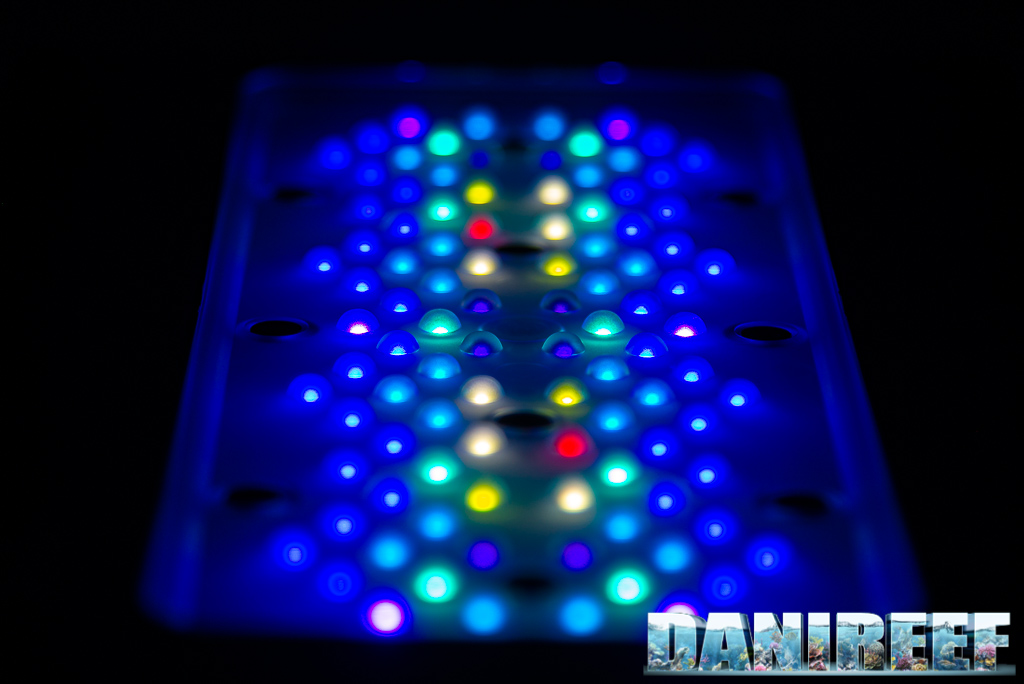
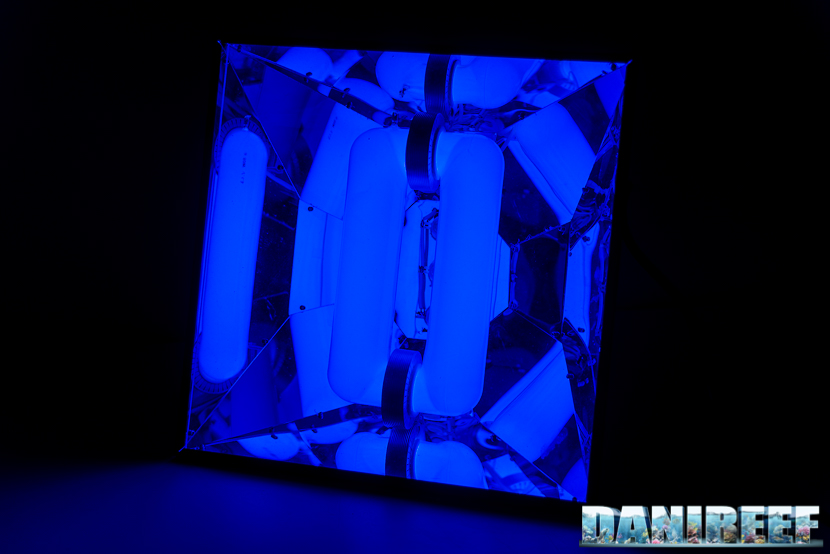
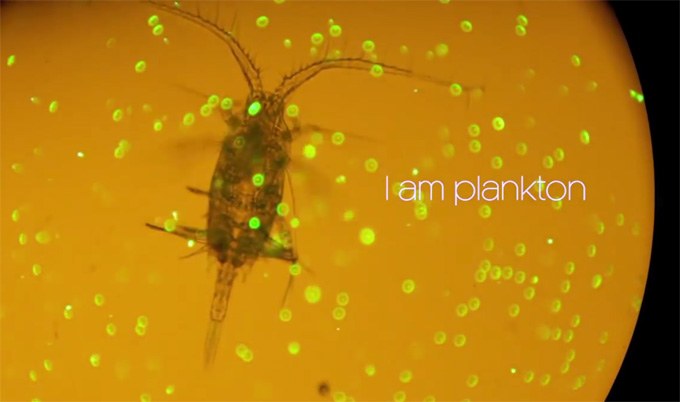
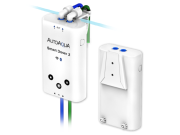
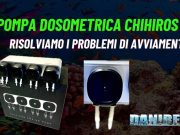

[…] Si comincia… ad aprire le danze ancora una volta Elos che presenta al pubblico di Reef Italia la relazione sulla luce già vista e presentata anche su questo sito: La luce in natura comparazione con la luce in acquario. […]
[…] […]